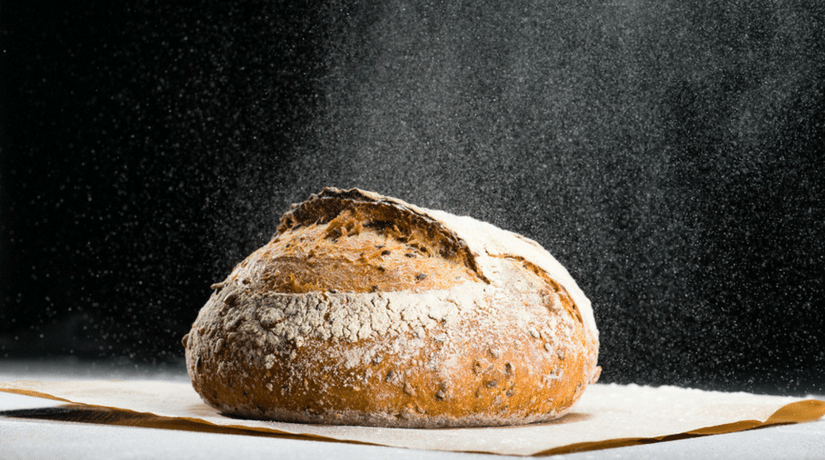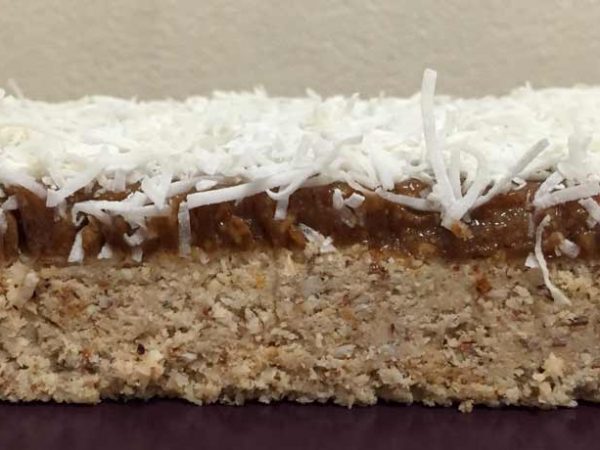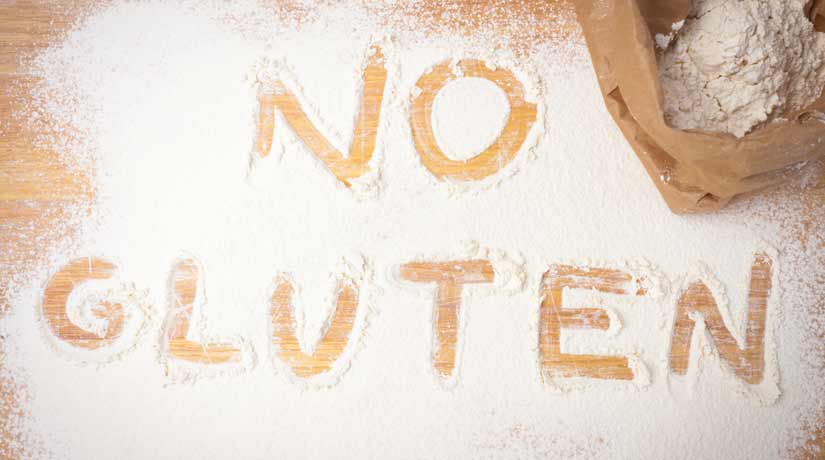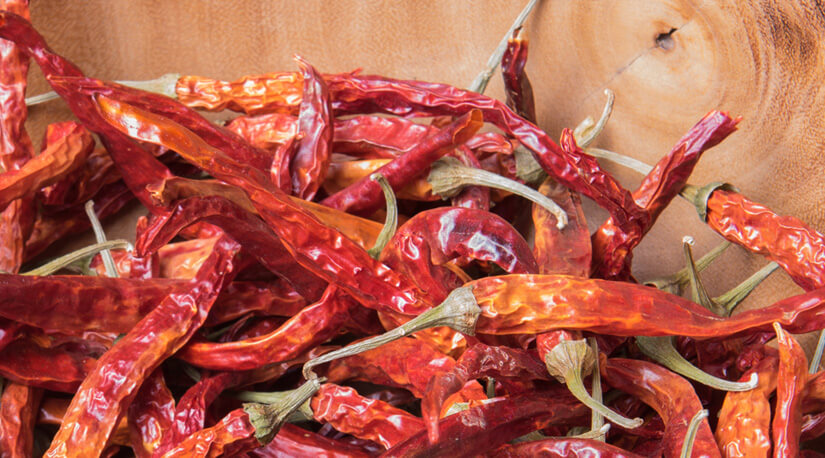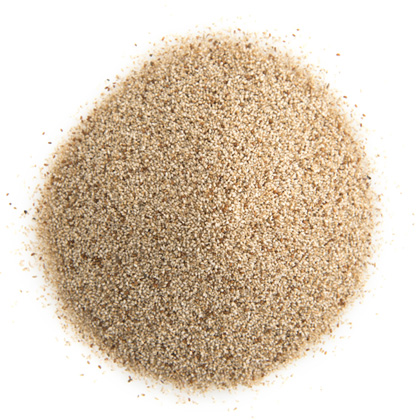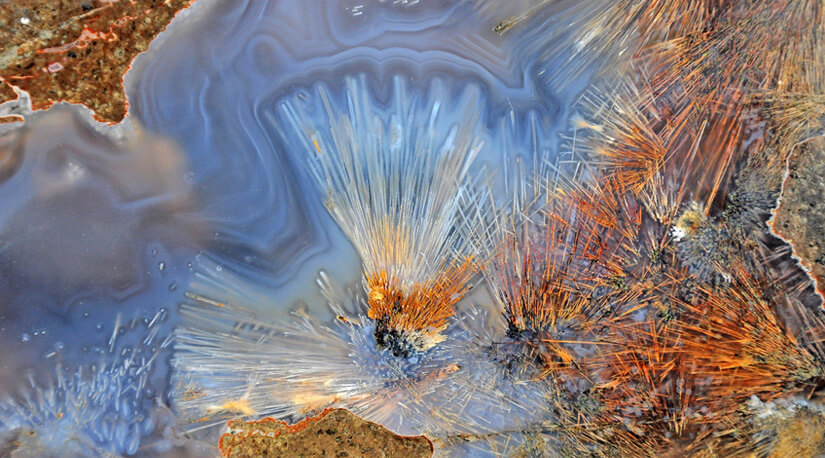With the vast array of grain flours now available for us to choose from when baking, no wonder we may find ourselves in some confusion. There is wheat, khorasan (kamut), spelt, rye, barley, emmer wheat and another ancient wheat grain called einkkorn. In this article, I’ll discuss the benefits of some of the healthiest ancient grains, wheat, spelt, khorasan and rye.
It’s important to know what flour may be more suited to the baking that you are doing as each flour has its own properties, mainly due to its gluten content. Gliadin and glutenin are two molecules that make up gluten, which is the type of protein found in grains. Gliadin forms a sticky mass when in contact with water as it is soft and spongy. Glutenin forms a compact mass when it absorbs water, making it strong and elastic.
Australian grown wheat is known as ‘hard wheat’ as it is high in gluten with a higher percentage of glutenin than other grains making it the perfect bakers flour. It is highly versatile and is ideal for bread as well as for baking cakes and biscuits.
Khorasan is an ancient wheat also known Oriental wheat or Kamut and is thought to have originated in Egypt. Khorasan is a much larger grain than wheat and is higher in minerals, vitamins and fats and has up to 40% more protein. This makes it a super energy source plus gives it it’s unique rich and nutty flavour. Khorasan flour has a similar ratio of the two types of gluten making it ideal for any kind of baking and along with wheat, it doesn’t lose its texture with freezing.
Spelt is another type of ancient grain, also called Dinkle wheat and contains a similar amount of gluten to wheat, however the type of gluten differs. Spelt, along with durum wheat, has a higher level of gliadin than wheat, which means it is much more soluble in water. This makes it much easier to digest and renders the nutrients more readily available for absorption by the body. The higher fibre content in spelt also aids in the breakdown of gluten in the body.
The gliadin level in Spelt and durum wheat flour means that the dough is softer, and stickier but not elastic. This is why spelt is often used to make sourdough as the fermentation process gives the bread rise and durum wheat is better for pasta and is mainly made into semolina.
Rye is another member of the wheat tribe, along with barley and is high in gliadin, low in glutanin and has a much lower total gluten content. Due to this, rye flour is better tolerated by those sensitive to gluten compared with other gluten flours, however this tasty flour tends to be dense and heavy and is often mixed with other gluten flours. Spelt and rye flour are both good alternatives for people who cannot tolerate hard wheat.
When we choose wholegrain stoneground flours, the germ with its tasty oils are left in the flour to give the nutty and slightly aromatic flavour we love. While refined white flour is mostly starch, wholegrain flour is a concentrated source of vitamins, minerals, and protein, making it an ideal choice for our nutrition and for our tastebuds.
By Jesabe Warner – Naturopath
Affordable Wholefoods stocks a range of products from these grains including:
Spelt Products
Organic (bio-dynamic) Spelt Grain
Organic Stoneground Wholegrain Spelt Flour
Organic Unbleached Plain Spelt Flour
Sustainable White Spelt Flour (plain)
Rye Products
Khorasan Products
RELATED RECIPES
Spelt and Pumpkin Bread – a healthy spelt bread recipe
Spelt Pasta Elbows with Lemon Parsley Pesto
Mini Mexican Bean Pies – using organic khorasan flour

